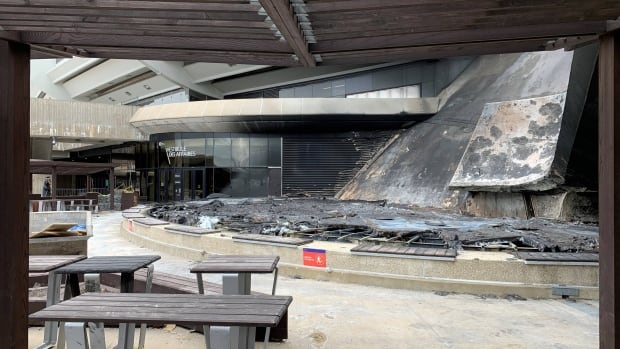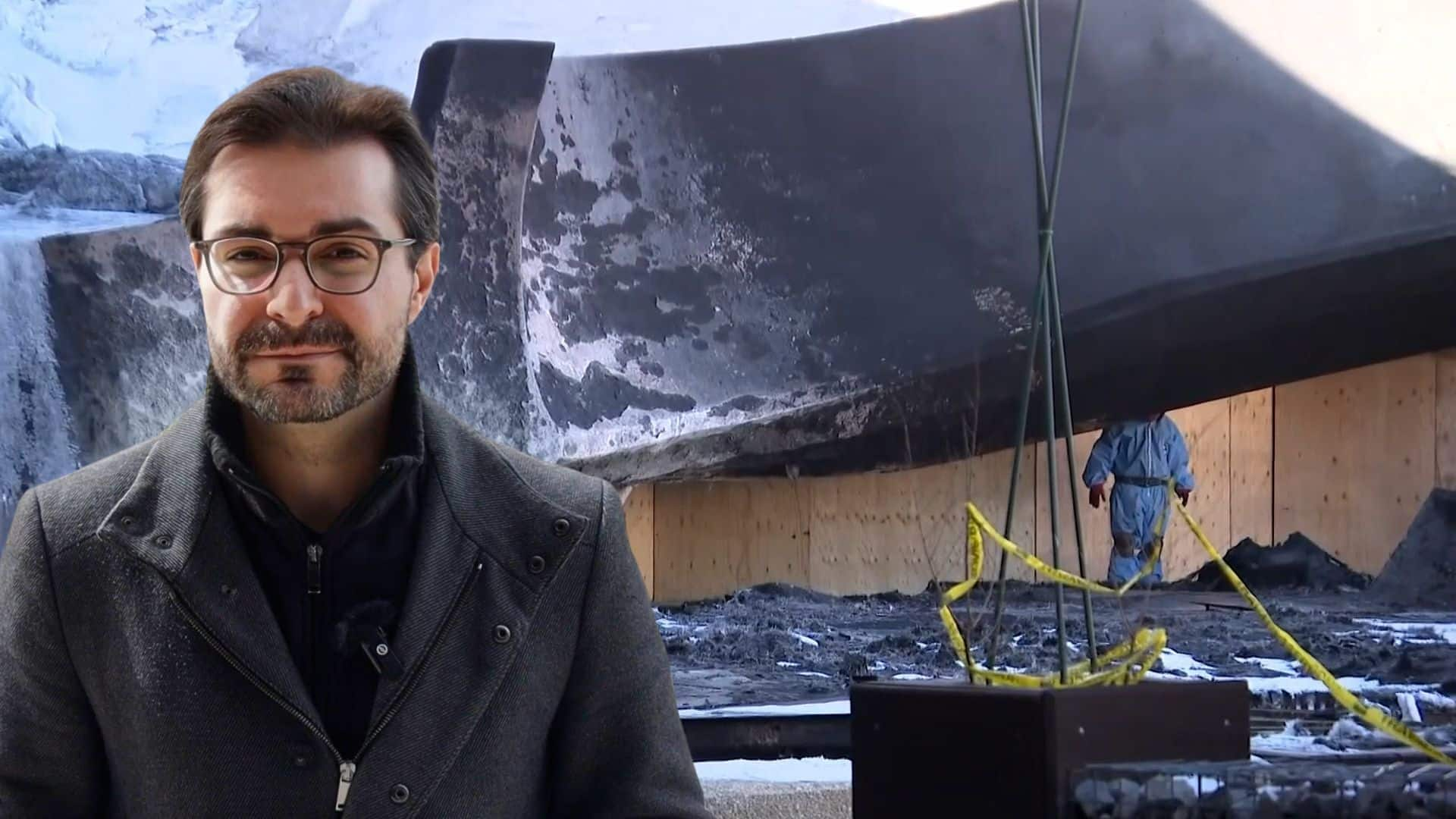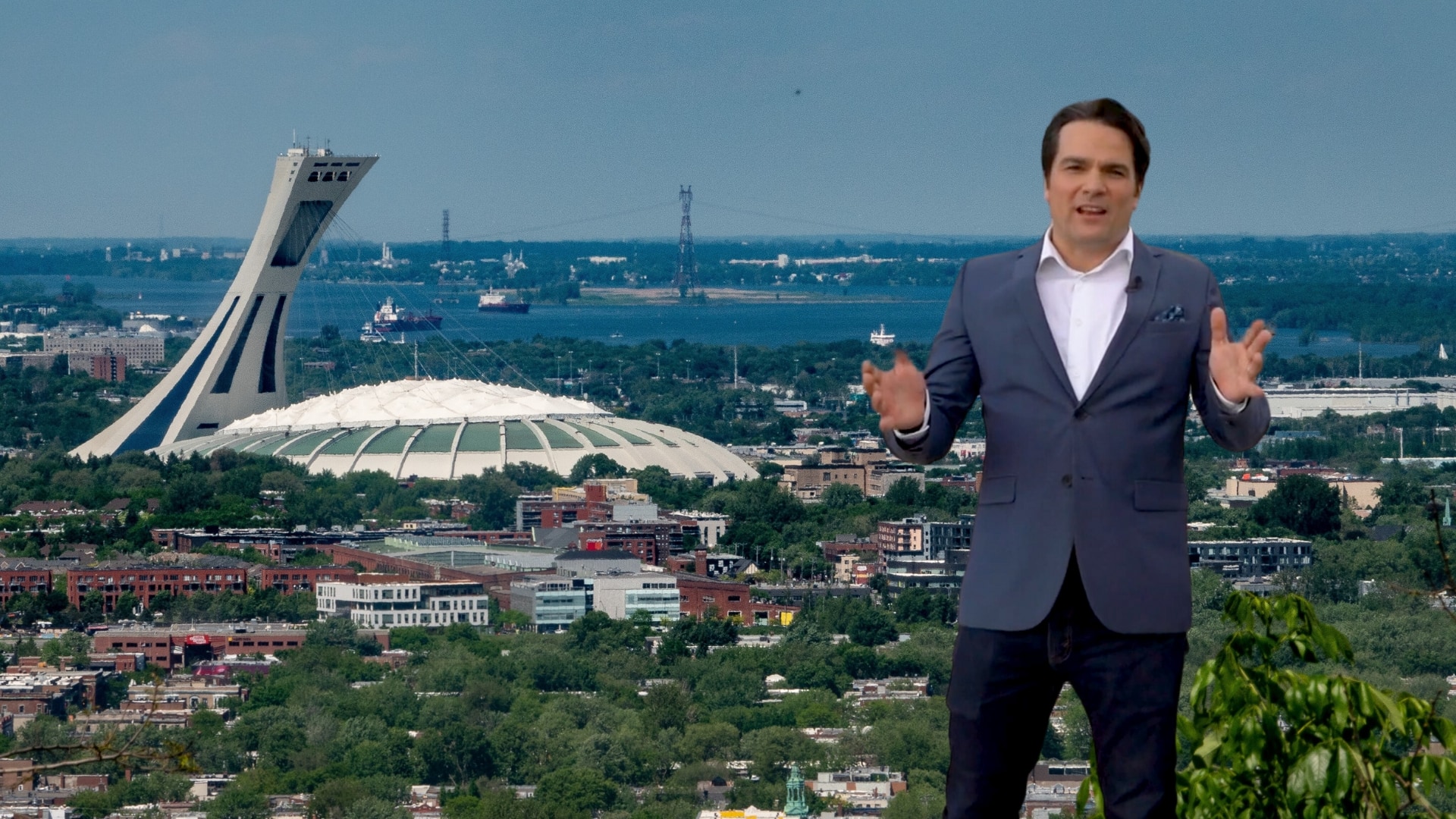
Repairing the Olympic Stadium following last month’s fire could end up costing taxpayers tens of millions of dollars.
According to a ministerial decree published on Tuesday, the Quebec government will grant a $40-million subsidy to the Société de développement et de mise en valeur du Parc olympique, the provincial agency that manages Montreal’s Olympic Park.
The fire, which broke out at the base of the Olympic Stadium on March 21, didn’t cause any structural damage.
The size of the subsidy is largely due to the origins of the fire, according to Quebec Tourism Minister Caroline Proulx.
The fire started at the base of the stadium next to its ventilation system, meaning the smoke spread to all of 17 floors in the tower. That’s caused repair and decontamination costs to skyrocket.
“That’s 66,000 square metres to clean up,” the minister told reporters at the National Assembly Wednesday.
The fire has forced the sports centre and the National Sports Institute inside the stadium to close for four two six months.
As the cleanup continues, the facilities will be inaccessible to the elite athletes who train there until at least April 2. Montreal police say last week’s fire outside the Olympic Stadium was likely started by a person, but it’s too soon to say if it was accidental or deliberate.
Employees with several companies, like SIGMA-RH and Mouvement Desjardins, have had to move.
And with the National Sports Institute shut down, athletes training ahead of this summer’s Olympic Games in Paris have had to alter their plans. The 2024 Canadian Olympic and Paralympic swimming trials, a weeklong event originally set to take place inside the Olympic Stadium in mid-May, was moved to Toronto.
Avi Friedman, an architecture professor at McGill University, expects the final repair cost for the fire to exceed $40 million.
“When you start renovations of any kind, you have all kinds of surprises. You find things that were not done well and you say, ‘well, while we’re at it, why don’t we spend money to fix these other things?'” Friedman said.
“You never finish the job within your original estimate.”
Earlier this year, Quebec announced it would spend $870 million to replace the stadium’s roof and technical ring. The provincial government justified the move by saying a new roof and ring would make the landmark a bigger draw for larger events and possibly generate as much as $1.5 billion from tourism and other sources over a decade.
From an ambitious design that took a decade and a half to build, to the saga of the failing roof, Montrealers know the story of the Big O, or the Big Owe, very well. But despite its astronomical and ongoing cost, the story isn’t likely to end.

